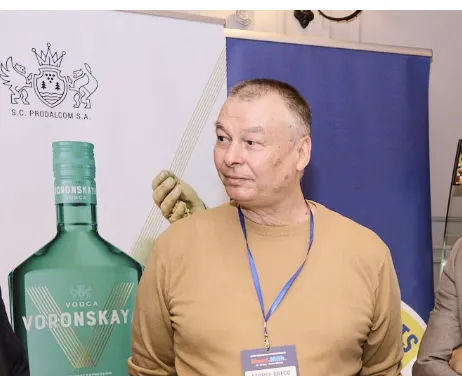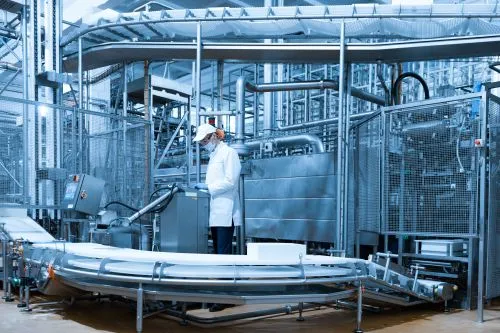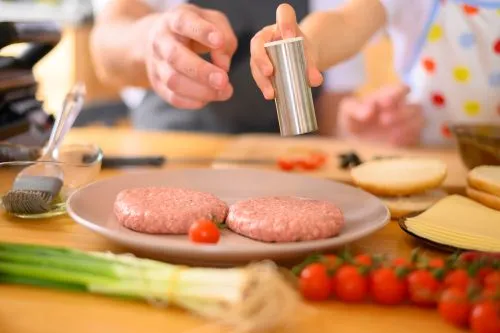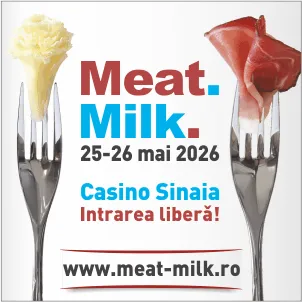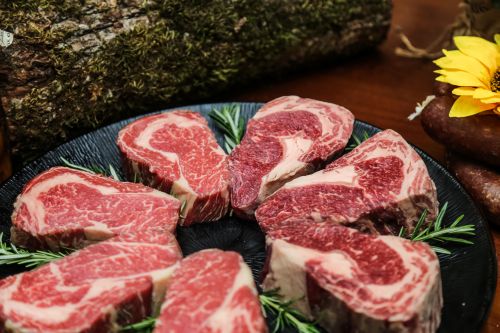
The premium beef segment has experienced a slow but steady expansion in Romania over the past decade. Specialized breeds such as Angus, Charolaise, and Wagyu are now raised in several regions, mainly by medium and large farms focused on quality, traceability, and export. Angus is the best adapted and most widespread breed, followed by Charolaise, valued for its yield, and Wagyu, which remains an exclusive niche.
Raising these breeds requires a controlled feeding regimen, long fattening periods, and substantial investments in genetics, housing, and animal welfare. Production costs are significantly higher than for dairy or industrial beef cattle, yet market prices can exceed 70 lei/kg for aged beef tenderloin, reaching 300–400 lei/kg in the case of imported or locally raised Wagyu.
The HoReCa sector is the main driver of demand, particularly in urban restaurants and gourmet chains. Exports to European markets—Germany, Italy, and France—remain a promising direction, provided strict slaughtering, labeling, and certification standards are met.
The development of this segment depends on access to funding for expansion, market education, and institutional support for promoting Romanian beef as a premium-quality product. Premium breeds could transform Romania into a regional supplier of high–value-added beef, but achieving this requires continuity, vision, and strategic partnerships.
(Photo: Freepik)
